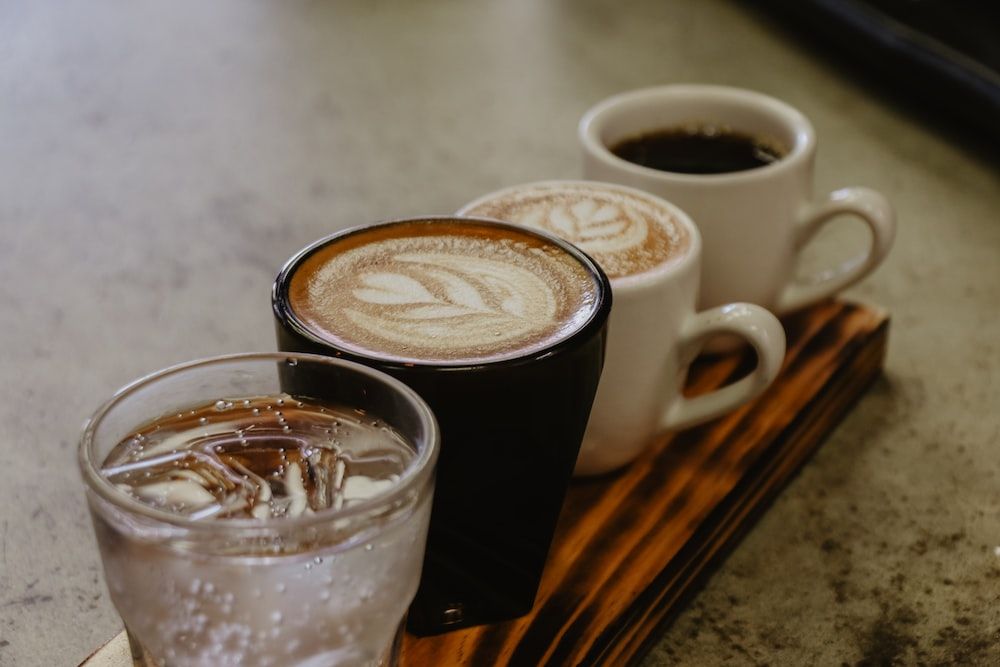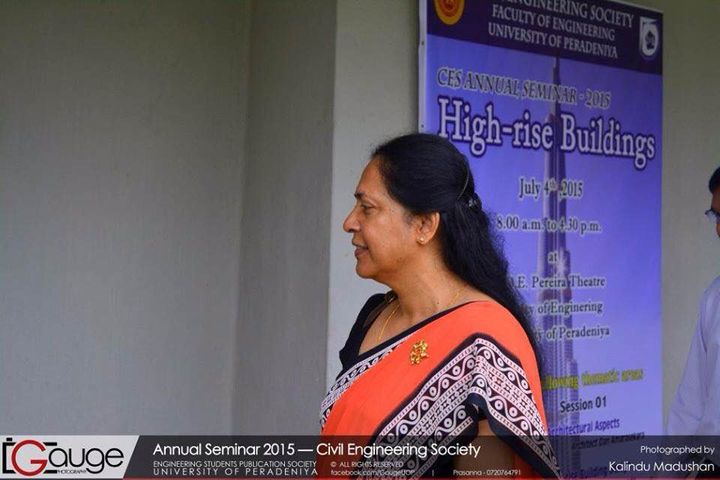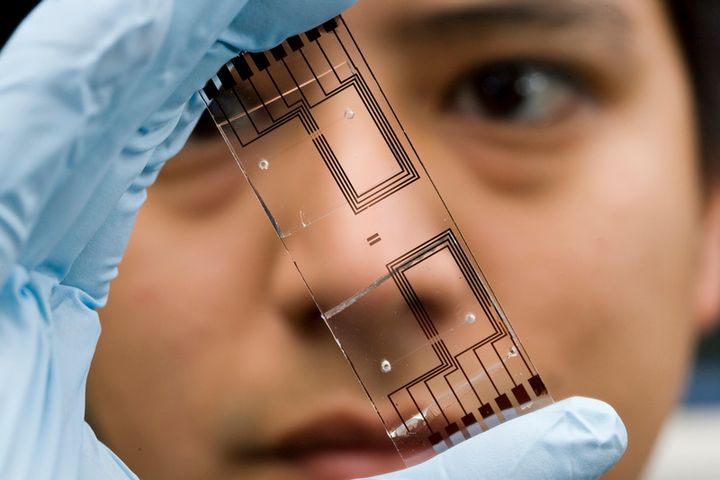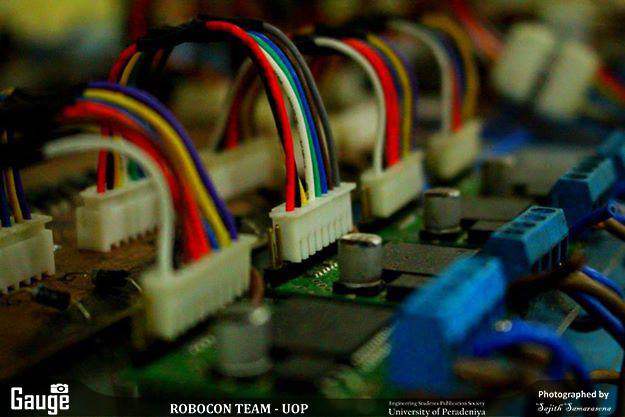Going Wireless

This is an interview done with the engineering undergraduates Sadeep Batewela, Athula Kumara and Deshika Dharmasena who won the IESL award for the best undergraduate project in Electrical Engineering. Their project is based on auto resonance wireless power transmission.
1.As electrical and electronic engineering undergraduates what inspired you to do this project based on wireless power transmission?

Wireless power transmission is a concept put forward by Nikola Tesla in 1890s. But after him, although many researches were carried out, its feasibility has not been clearly demonstrated. But nowadays there’s a big trend towards the usage of wireless power transmission methods in different applications. So we discussed and selected this area to carry out our project basically with the idea of doing something novel and innovative.
2.What is the significance of your project when compared to the ordinary power transmission systems? What are the main advantages of this method over the common power transmission technologies used at present?
Well, power transmission can be divided mainly into two categories: short range and long range, depending on the distance to which power can be transmitted. Out of them, our project is based on short range power transmission. Some practical situations are powering mobile sensor nodes and car charging. If we talk about the significance of our project over the existing systems, the most important thing is that it is wireless. At present, in most of the applications like charging of mobile phones, laptops and cars, wired connections are used. In some other cases such as the insertion of medical instruments into the human body, usually a battery is carried along with the device as wires cannot be used. If it is possible to use wireless power transmission in these instances it will definitely make our lives much easier. That is what we expected mostly from our project.
3.There are other wireless power transmission systems which are in use nowadays. What is the distinctiveness of your project from them?
Of course, there are some systems which are used at present facilitating wireless power transmission using electromagnetic induction or electromagnetic resonance. In these systems, the usage of electromagnetic resonance can be considered more efficient compared to induction. But, although they are efficient , they are also highly dependent on the resonance conditions at which they operate. That means, this efficiency is obtained only when they are operated at a fixed resonance. Otherwise they will cause a huge energy loss even for a small fluctuation of resonance in the system. This scenario occurs when the distance between the transmitter and the receiver varies or when the environmental conditions change. But nowadays this is not a big problem because wireless power transmission is popular only for mobile phone charging at the market level. But, when it comes to car charging or medical instrumentation, this could be disadvantageous. Therefore it is necessary to improve these systems to work at varying resonance conditions. So, through our project, we were able to bring out these improvement by designing an auto resonance wireless power transmission system which automatically adjusts to fluctuating resonance conditions.
4.If this system is implemented, will it be helping the consumers to reduce their cost on power consumption?

Actually in terms of power consumption this system could be less efficient when
compared to wired power transmission methods. But in applications such as charging mobile phones and laptops, what we mainly look into is the convenience. And also when we consider car charging it will be a great advantage if it is possible to charge the car while it is travelling on the lane. So power sources can be placed along the two sides of the road and the vehicles can be charged automatically while they are on their way. In electric cars the most expensive part is the battery. If this method can be developed further, small batteries could be used in cars and longer distances could be travelled without stopping at charging stations. So this method is user friendly and reduces the cost indirectly, though it doesn’t directly reduce the cost of power consumption.
5.Do you have any plans to develop this project further, taking it to a more advanced level with novel features?
Although this is an auto resonance power transmission system, the response rate is not adequate when the resonance condition tends to change dynamically at a higher speed. So we have an idea to develop our project to enable dynamic charging, overcoming this problem through minimizing the response time. For example, if wireless charging centres are to be constructed, our present system can be used effectively in them. But once they are further developed into charging lanes, the fluctuating resonance will be a problem as we mentioned earlier. Another important thing is the distance to which the power can be transmitted using this method. According to the researches which have been done so far in the world, it has been found that if coils are used to produce electromagnetic resonance, the power transmission is efficient only up to a distance equal to 1/8 th of the coil’s radius. We also obtained similar results in our experiments. The reason for this is the divergence of the magnetic field. So we also have a plan to find a way to increase the distance to which power can be transmitted by reducing this effect.
6.This project has been awarded as the best undergraduate project in electrical engineering by the IESL. How do you feel about this achievement?

It was a really great feeling to win that award for the best undergraduate project. We all worked hard and dedicated a lot to bring our project to this level. Another thing to mention is that all the projects which were nominated for the award were really good. We are happy to say that among them there were several other projects from our colleagues as well. So, being the best out of such projects can be considered as one of the biggest achievements.
7. FOR AN UNDERGRADUATE PROJECT TO BE THIS SUCCESSFUL YOU SHOULD HAVE BEEN GIVEN A GREAT SUPPORT FROM THE UNIVERSITY AND YOUR FACULTY. HOW WAS THE SUPPORT AND THE ASSISTANCE YOU GOT FROM THE ACADEMIC STAFF AND DIFFERENT OTHER PERSONNEL IN ACHIEVING YOUR TARGET?
From the beginning we got a huge support from our supervisors, Dr. Janaka Wijayakulasooriya and Dr. Himal suraweera, for the successful completion of this project. When we were talking with them, they always tried to bring out our innovative ideas and motivated us to do something new. In some instances we incorporated their ideas and ours to find solutions to certain problems that we encountered. We also got a good support from Prof. J.B. Ekanayake, Head of the Department of Electrical and Electronic Engineering, the entire staff of the department and our batch mates as well.
8.Any final remarks?
Well, when doing a project, first we should start with what we can do and what we already know. Then, gradually we can reach more advanced levels which we couldn’t even imagine at the beginning. And also it is better if we try to do new projects based on ongoing researches in the world, rather than doing projects based on existing designs.
Reported By: Niwasna Bandara




